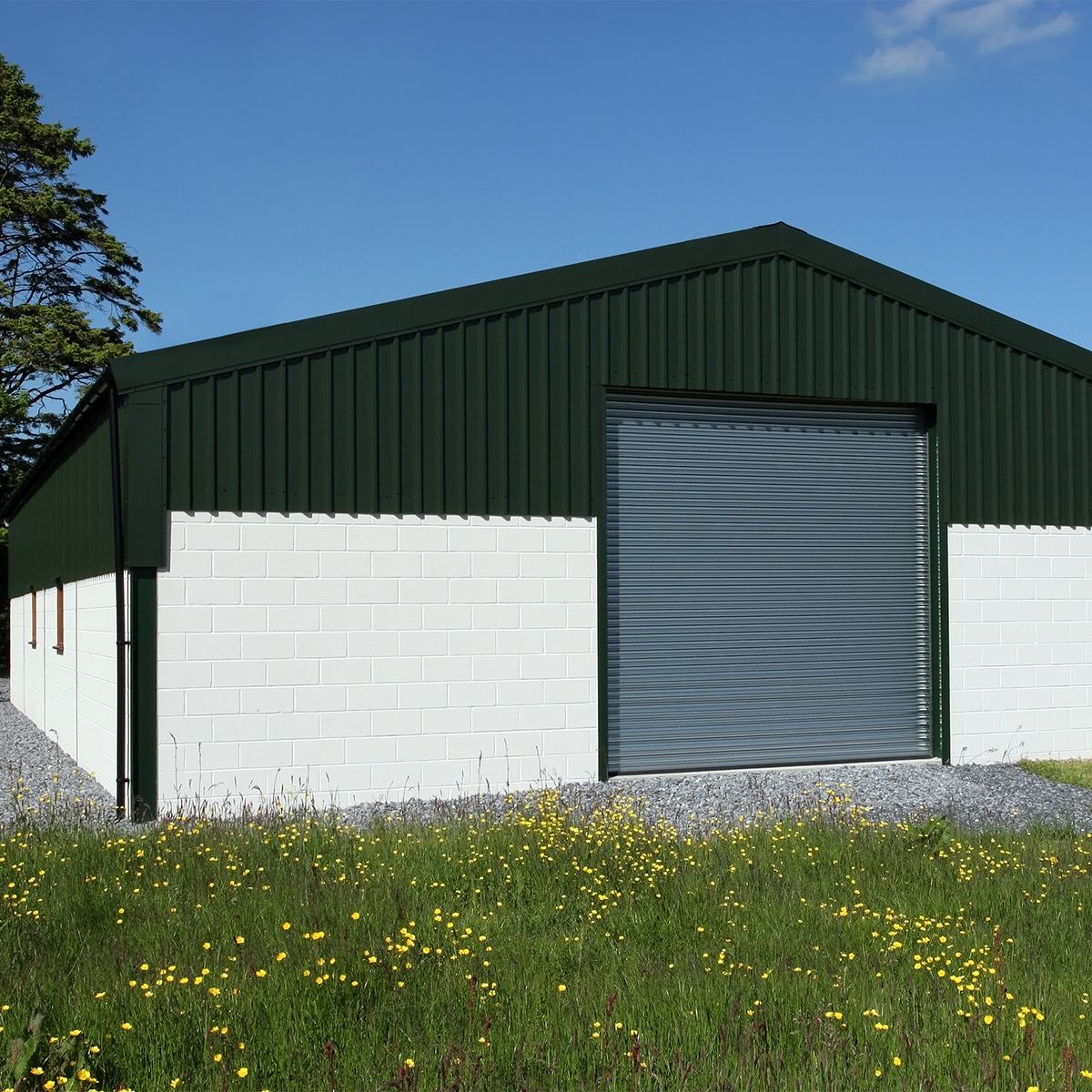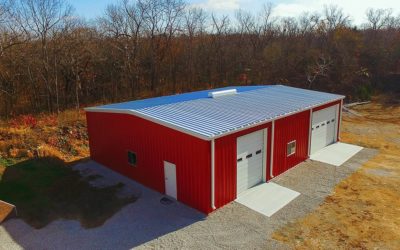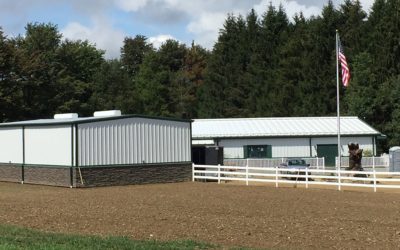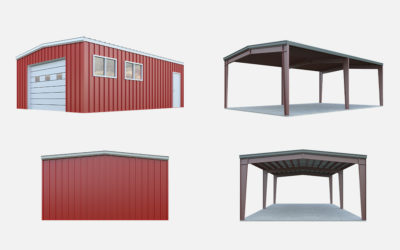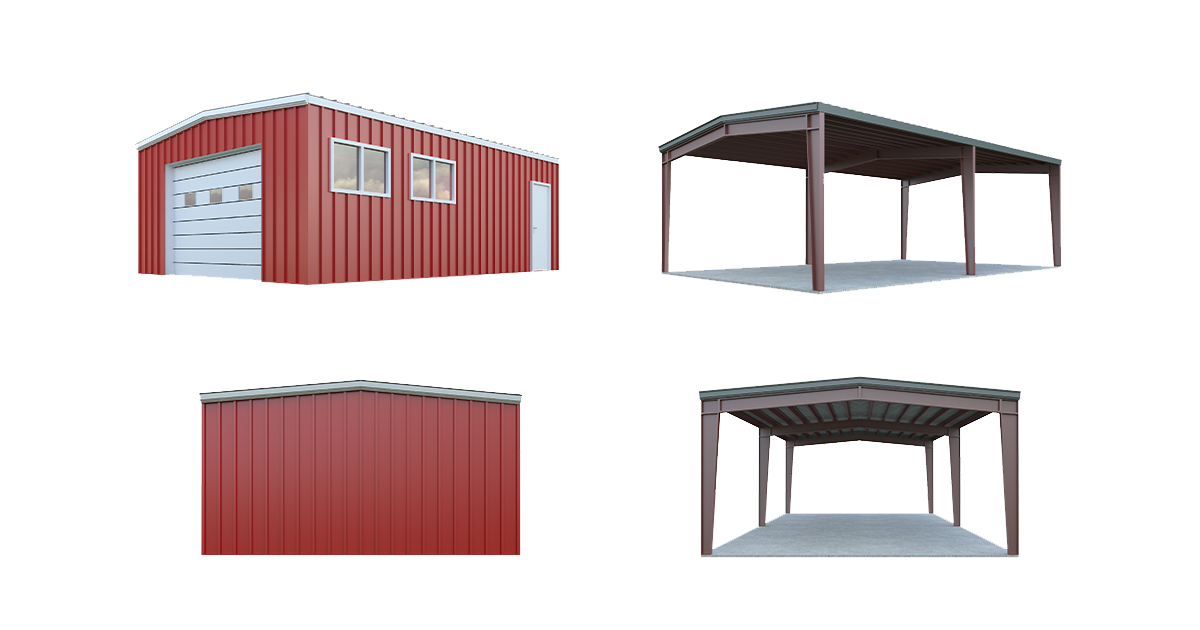
Why Turn a Carport Into a Garage?
Depending on what you plan on parking inside of the structure, carports and garages offer their own sets of pros and cons. One way of deciding whether a carport or garage is the right solution for you is to evaluate each building systems initial costs and benefits. You may ultimately decide on a carport because it is truly the best choice for your project, but what if you’re needs change in the future? Or what if you really wanted a garage kit, but chose to build a carport to start with due to budget constraints? If you’re considering converting your carport into a garage or estimating how much you could save building a carport from the onset, while planning to enclose it later, the guide below will get you going in the right direction.

Checking with Your Local Municipalities
Before you start converting your carport into a garage, make sure you check your local building codes and find out if you need a building permit for the project. If the garage will be attached to your home, there are likely to be requirements you will need to follow. Some areas have rules that require you to hire an electrician or a plumber for that kind of work, to ensure it is done by a licensed professional, so if you plan to put electricity or water in your new garage, this is important to look into.
If your neighborhood has a homeowner’s association, they probably have regulations about garages that you will need to follow, so be sure to check with them before you start construction. If you do not ask your HOA for permission beforehand, there is always a risk of them forcing you to take everything down afterward. Sometimes the problem HOAs have with a metal garage is the aesthetic, but we have customization options to make the garage match the rest of your home’s exterior, including GenStone faux brick and stone. You may need to have a land surveyor come out to check your property line in advance, if the garage will be close to your neighbor’s property, to make sure it stays in your property lines.
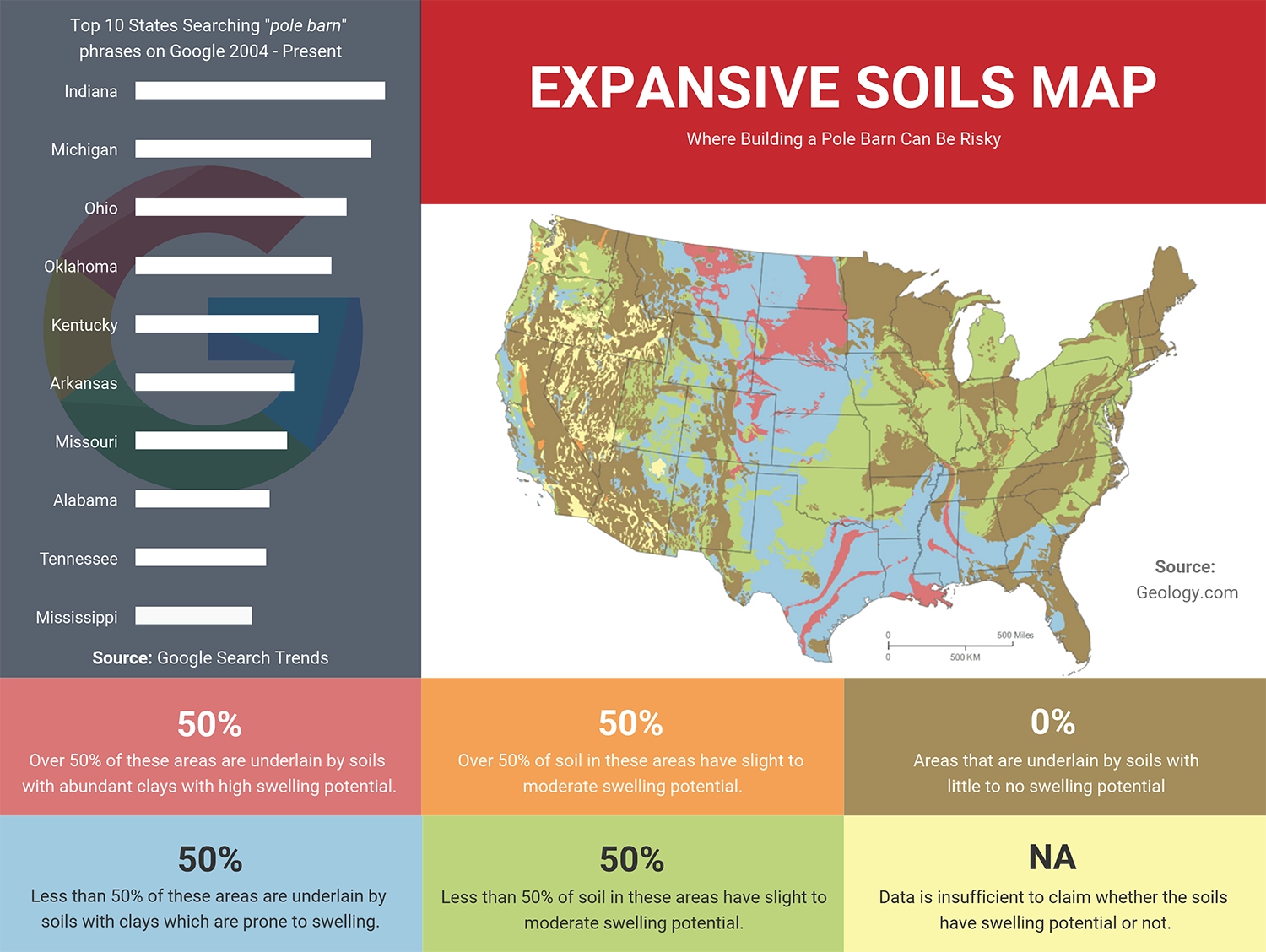
Wall Choices and Costs to Convert Your Carport
If you had built a garage, you would have selected your siding used to enclose the space. The typical metal building siding options such as 26 gauge metal sheeting, stucco panels and insulated panels are designed to attach to the girts encircling the garage’s primary framing. The girts are similar to the purlins the roofing material is attached to but girts run horizontally. If you own a carport, there are no girts so you will need to choose from one of the three wall finish options we recommend below. But before you explore your choices, take note that if you own an i-beam carport rather than a tube carport, you can save on framing materials and labor. Since an i-beam carport has been engineered to support the roof, you can run the vertical studs 24″ on center rather than 16″ on center. For all wall treatments below, you will need to attach plywood to your wall framing.
26 Gauge PBR Wall Panels
You can purchase the same metal wall sheeting used on a garage kit to convert your carport. These sheets can be purchased through your metal building supplier and feature large vertically running ribs spaced 12″ apart with two smaller ribs in between. The metal siding will cost around $3 per SQFT on top of constructing a non load bearing exterior wall for $9 to $20 per SQFT.
Stackable Cinder Blocks
Concrete blocks offer additional security and can be stacked around the perimeter of the carport to enclose the space. This wall system will cost $10 to $15 per SQFT including labor, but this cost does not include the cost you will incur to extend the current roofing materials out over the concrete wall. You will not need to frame the exterior walls as the block will serve both purposes.
Faux Stone and Brick
You can attach GenStone panels to any flat surface including plywood and concrete blocks. GenStone is the most DIY friendly solution and offers not only the look of stone or brick for less, these polyurethane panels deliver added insulation value. GenStone can be installed for as low as $13 per SQFT.
